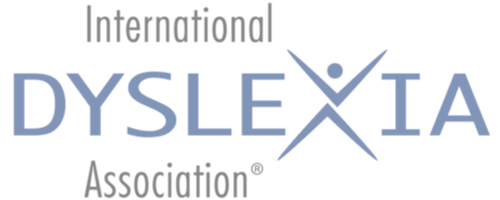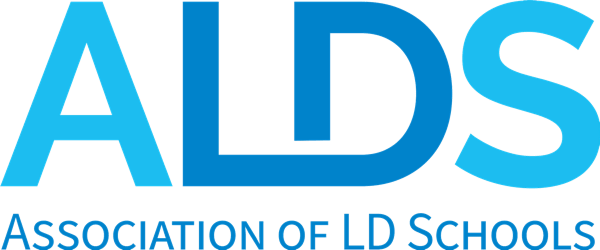Art enhances the process of learning. As an intellectual discipline, art supports the development of language, literacy, science, technology, engineering, and math skills. Art requires complex thinking and problem-solving skills, the ability to represent ideas and feelings in a symbolic manner, and an understanding of associations between things that are otherwise not alike.
Art education helps students visualize and create concepts three-dimensionally through drawing, painting, and sculpture, for example, and uses a multi-sensory process tapping into visual, auditory, kinesthetic, and tactile experiences.
The Art program is designed to foster self-expression, self-confidence, and lifelong curiosity by building skills, tool technique, and concepts through a wide variety of artistic media. There are grade-level projects that are enjoyed by the entire class, their parents, and our school. Students have opportunities to showcase their art around campus and in special art exhibitions.
Students learn to use art as a means of communication and a means of creative expression through photography, paint, charcoal, ink, pencil, print making, and suminagashi, and many other mediums.
At The Craig School, students in the lower and middle schools take part in music and drama classes. Music, known for its ability to strengthen the auditory, visual/spatial and motor cortices of the brain, helps students improve their concentration, focus, and attention, and aids in the development of speech, language, and reading. Drama enhances students’ expressive and receptive language skills and provides a complementary element to speech and language related services.
Art Explorations guides students on how to incorporate personal interests and individual ideas into two- dimensional and three-dimensional works of art. Students are introduced to many different artistic techniques and learn to choose the approach they find works for them. They engage in discussions regarding historical and cultural works of art and are given opportunities to journal about their own art. Each artist’s organization and responsibility for materials, along with a positive approach to craftsmanship are developed during this art experience.
Sophomore Art Studio formally introduces the elements of art and principles of design, and teach students how to use them to visually express themselves. Students are given opportunities to experience a variety of mediums (pencil, pen, ink, charcoal, pastel, watercolor, and acrylic paint) while developing their individual style and creative problem-solving skills. Through class critiques and writings, students demonstrate their ability to respond, analyze, and to interpret their own artwork and the work of established artists throughout history.
Students learn computer illustration techniques, image manipulation, digital camera use, graphic design visual literacy, and the principles and elements of art in composition during Digital Arts. Students learn how technology has changed art through history, and how they can apply those changes to their own work.
Senior Art Studio provides students the opportunity to expand on any artistic techniques they have learned in previous classes and approach theme-based projects in whatever medium they choose. Students are encouraged to build confidence in the art studio by taking risks and taking time to reflect on their work with their classmates. There is an emphasis on modern and contemporary works of art during class critiques and writings.
For more information on ways of giving or to make a donation online you can clicking here.





